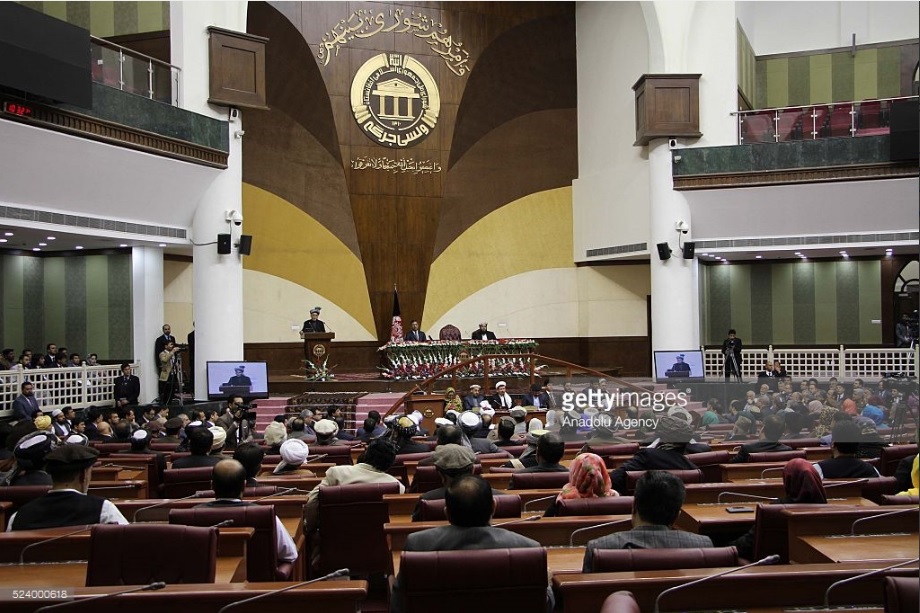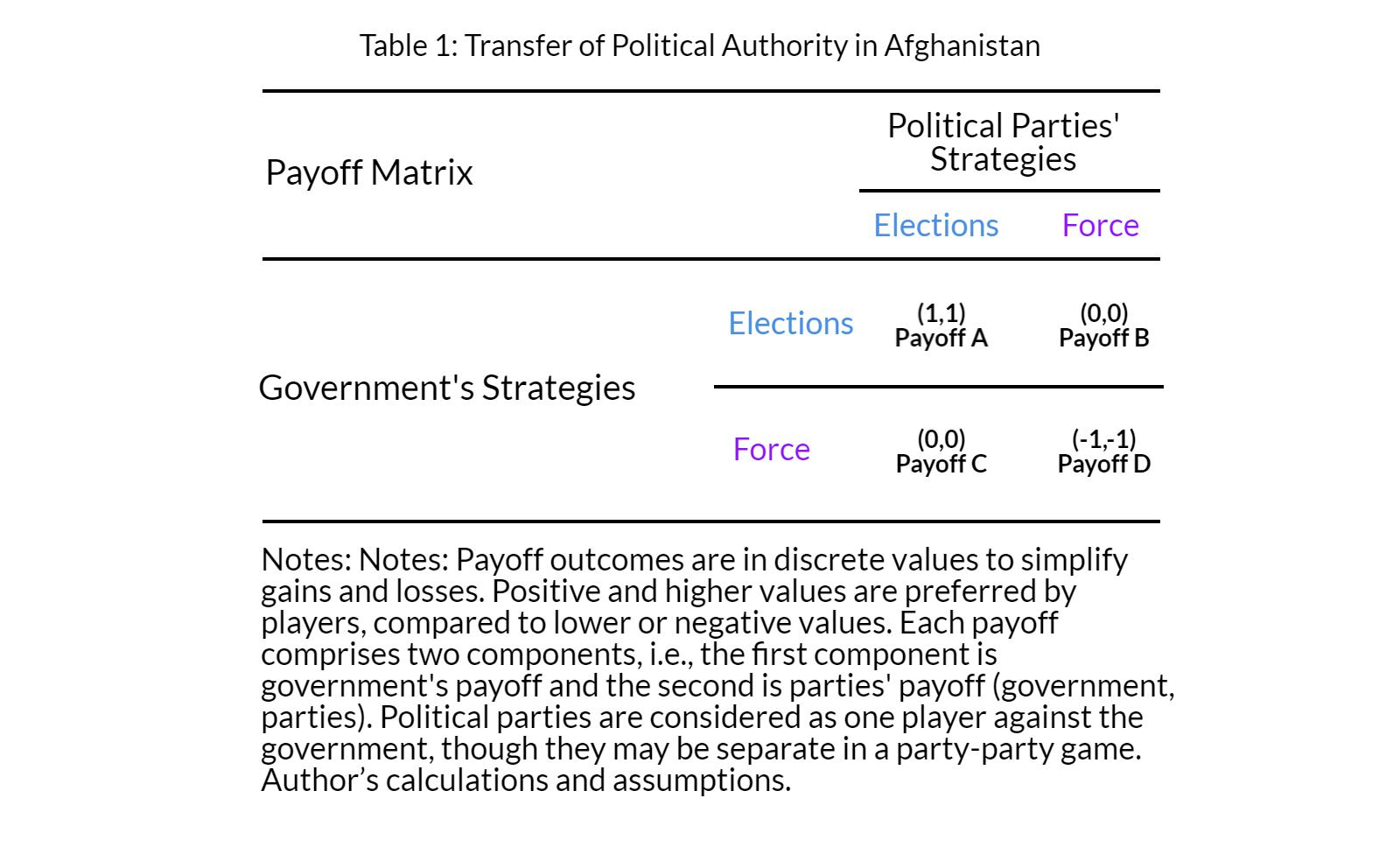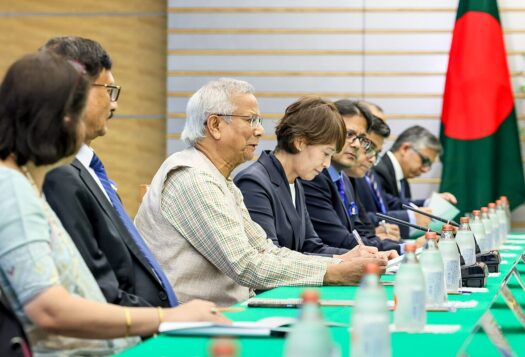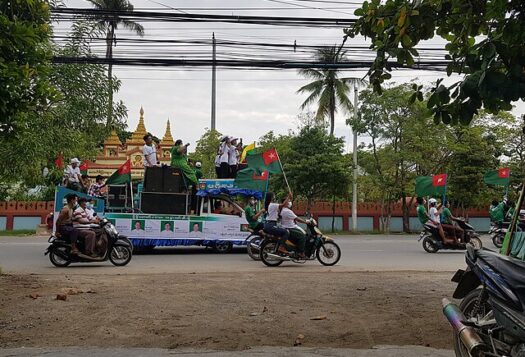
Over the past 16 years, democracy has laid deep roots in Afghanistan. This has been among the greatest achievements of Afghan society and of its international allies. However, without security, this newly-rooted Afghan democracy, which is backed by a majority of citizens, faces grave risks. This summer, during Ramadan, Kabul witnessed one of the deadliest terrorist attacks, with more than 80 lives lost and hundreds wounded. The situation was so bleak that there were massive public protests calling for the ouster of the country’s leaders. This country-wide frustration has also permeated Afghanistan’s international allies, who are perplexed by the challenge of developing a new security strategy in the country. However, any such strategy should preserve the achievement of democracy by Afghanistan, and in the short term, focus on providing a safe space for the 2019 presidential elections to be held.
Maturing Political Space in Afghanistan
The Ramadan attack was a litmus test for Afghanistan’s democracy. It pushed the society and polity to exercise their democratic rights and renew efforts to fight for justice, security, and stability. In fact, one of the greatest victories in the post-2001 era has been the Afghan desire to participate more actively in democracy. A new political landscape, with new alliances and political groups such as the Coalition for the Rescue of Afghanistan, Axis of Afghanistan People, and a grassroots effort called the Enlightenment Movement, is taking shape. Afghanistan now has an educated electorate and mature political parties, who are accustomed to the rules of democracy—presidential and parliamentary elections over the past 16 years have served as great learning exercises.
An election environment without all its players (parties) produces a suboptimal outcome in terms of the welfare of the electorate. Therefore, the participation of all parties is necessary, no matter the moral judgments, as long as they respect democratic principles, represent an electorate, and promote peace going forward. Hence, elections since 2001 have remained suboptimal because a major, controversial player like the Hezb-e-Islami Afghanistan from the Soviet resistance era of 1979-89 was missing from the political scene.
Although feared by some Afghans, its leader Gulbuddin Hekmatyar returned to the political scene recently, rightly voicing support for the Afghan constitution, government, and lasting peace. The competition among parties in a democracy helps clarify positions and leads to better representation of the electorate’s interests. Thus, with the current government grappling with threats and public grievances, the formation of new political alliances and the return of Hekmatyar will provide much-needed alternatives to the Afghan electorate in 2019.
Importance of Free and Fair Elections
Preserving democracy is crucial for ensuring participatory citizenship in Afghanistan. Given the country’s ethnic diversity, free and fair elections have been the main mechanism over the past 17 years through which Afghans have come to a consensus over their leader.
Arguably, the only lasting equilibrium (i.e., the Nash equilibrium in economic terms) moving forward is to have a peaceful transition of authority through the 2019 presidential elections as described in Table 1 and explained in the following paragraph. Any other strategy can generate payoffs that would be inferior to the equilibrium payoff under elections. In other words, use of force by either the government or political parties to transfer authority would cause hefty losses due to potential political conflict.

In a political play between the Afghan government and parties, four possible scenarios can play out as described in Table 1. Payoff A is the Nash equilibrium, which in this case is the best outcome in absolute terms—where authority is transferred to a party through elections, and the government provides a safe space for elections to occur. If any party chooses to use force before or during the election, conflict can arise. The same is true when the current government opts to legitimize its continuity through force. To avoid this conflict, it would take negotiations, which can take a long time and may create a vacuum of power, inviting the Taliban to extend their territorial claim. Everyone loses in payoff B or C. Government services can slow down. Economic activity can decline. Personal business interests and territorial strongholds of party members can weaken with the Taliban’s surge. In payoff D, where both the government and parties choose to use force, a conflict is the only outcome with significant negative payoffs for all involved.
Concluding Thoughts
Since 2001, a major achievement of Afghan politics has been the embrace of democracy. Political parties have matured, realizing that personal, local, and national interests are on the line without a democratic space and a legitimate government. This realization is a win for Afghans and the international community since it contributes to peace and stability in the country. Thus, security strategies for Afghanistan should include a focus on providing a safe space for the upcoming 2019 presidential elections.
Editor’s note: All views are the author’s own and don’t necessarily reflect the views of the institutions with which he is affiliated.
***
Image 1: Andalou Agency via Getty Images
Image 2: Created using Piktochart.


